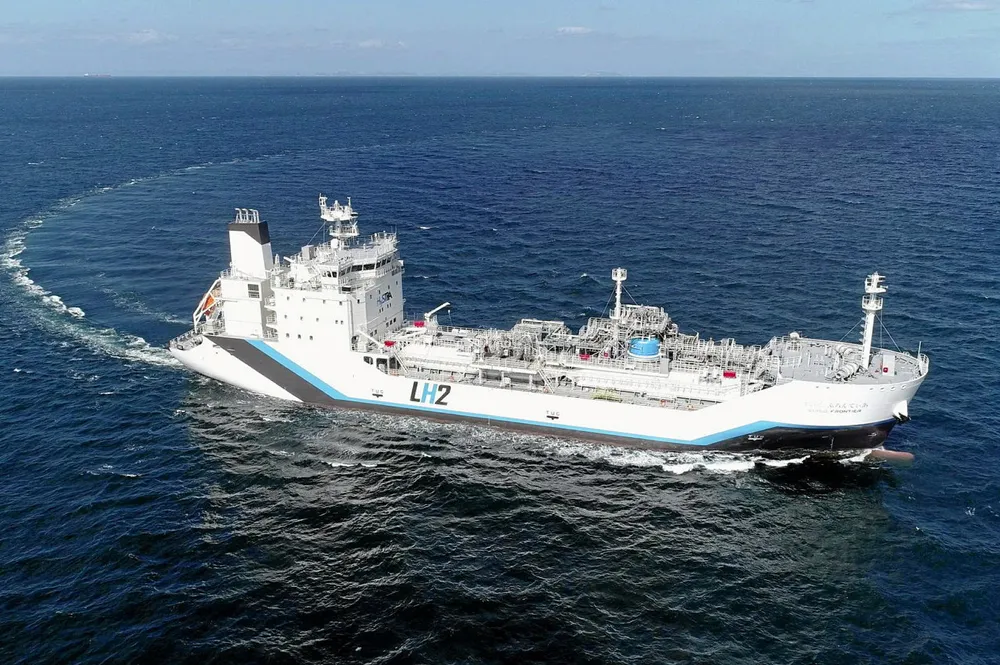IEA: Ammonia and LOHC will be cheaper options for shipping hydrogen than liquefied H2 — even with reconversion costs
However, transporting compressed hydrogen long-distance by new or repurposed large-diameter pipeline would cost even less, report explains
